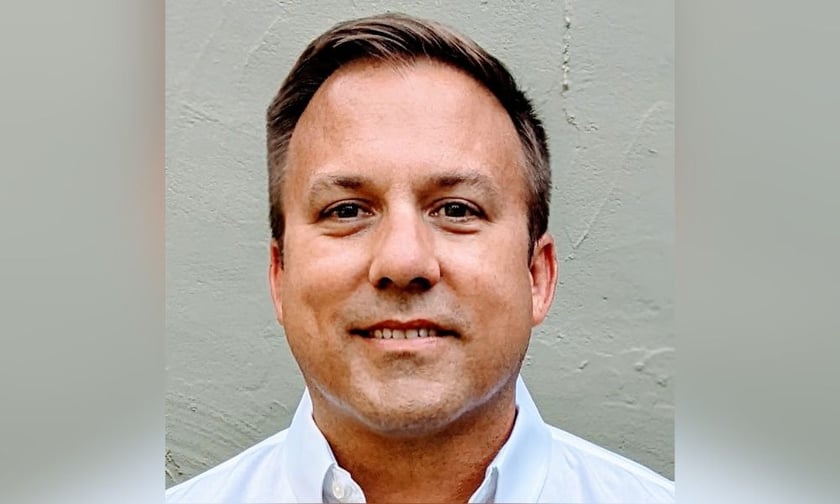

This article was produced with ProFinity Insurance Services.
Gia Snape of Insurance Business sat down with Jamie Orye of ProFinity Insurance Services, about costly misconceptions around errors and omissions (E&O) insurance for technology-forward firms.
The proliferation of technology firms in various sectors—from marketing and media to recruitment and accounting—means a rise in businesses needing tech E&O coverage.
But just because a company provides technology services or products doesn’t mean that its E&O claims are tech-related.
The challenge lies in the fact that many firms straddle the line between providing technology and professional services, creating exposures that are missed by certain policies.
Some tech firms, such as IT staffing agencies and advertising firms, may overlook non-tech professional exposures, like overlooking a critical detail in a background check or running ads in the wrong geography, which can lead to financial losses for clients. These claims are often not covered by standard tech E&O policies.
“Many firms see themselves as purely providing technology services, but that’s not always the full picture,” said Jamie Orye, an underwriter at Profinity Insurance Services, a managing general agent. Established in 2020, Profinity specializes in various professional liabilities, including tech, cyber, and media risks.
“It’s important to realize that many firms have exposures beyond tech that many technology E&O policies don't cover,” Orye told Insurance Business.
Orye emphasized the key to determining coverage for tech E&O was whether there was a failure in the technology product or the technology service provided.
Take the case of the IT staffing firm, for example. “The firm is hired to supply programmers or business analysts, professionals offering tech services. But the issue arises when they place someone who isn’t qualified—perhaps they didn’t check their references or vet their skills properly—and it results in a financial loss for the client,” said Orye. “That’s not a failure of technology. It’s a failure in providing their professional services.”
Many E&O forms in the market only cover tech services or products, which leaves these other exposures unaddressed. Advertising agencies can also fall into this grey area, according to Orye.
“Most advertising agencies today are doing website design and digital advertising, which likely fall within the definition of technology services. But if they’re consulting on a television ad or giving creative advice, that’s not a technology service, and many forms in the market don’t cover that exposure,” he said.
Another example Orye shared involves a firm that provides software for railroads. The company offers technology to help clients manage railcars, tracking when they need maintenance or where they are in real time. Additionally, they offer project management and scheduling services that have nothing to do with the software itself.
Many similar firms are cropping up in the tech space that feature a technology platform as their core product but supplement it with ancillary services that aren’t directly related to tech. The latter is where the potential coverage gap lies.
“A lot of forms only cover technology services, and that’s where the issue arises,” Orye said. “Firms are often exposed to professional liability risks that aren’t covered under standard tech E&O policies.”
The complexity of business models, where firms provide both products and services, means that brokers need to be particularly vigilant in understanding their clients' full range of activities. Brokers play a crucial role in making sure these exposures are properly addressed.
Orye’s solution to this issue comes in the form of broader policy language. At ProFinity, the policy forms he uses offer a more comprehensive grant of professional liability coverage, encompassing not just technology services and products but also non-tech professional services, media, and cyber.
“A lot of times, a broker will ask, ‘This client is only covered for tech services, but they’re also doing these three things that aren’t covered. Can you address these exposures as well?’ It’s an opportunity to write better business and protect the client from risks they didn’t even realize they had,” Orye said.
This broader approach, he believes, is key to ensuring that firms are fully protected in today’s rapidly evolving landscape. The insurance industry needs to evolve alongside the businesses it serves. As technology firms continue to expand into new areas, their insurance coverage needs to follow suit.
“It’s about thinking through all of what they do. Do we provide a tech product? A tech service? Are there other things we do as a business that don’t fall into those categories?” Orye said. “It’s not enough to just look at the technology side of things.”
Learn more about Profinity Insurance Services here.
